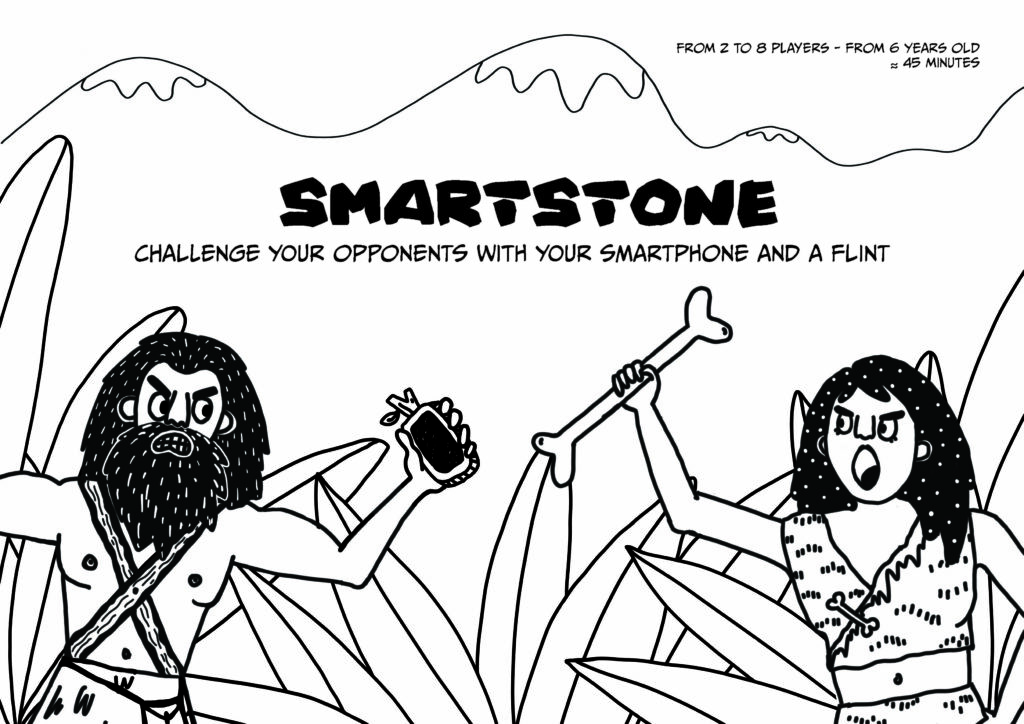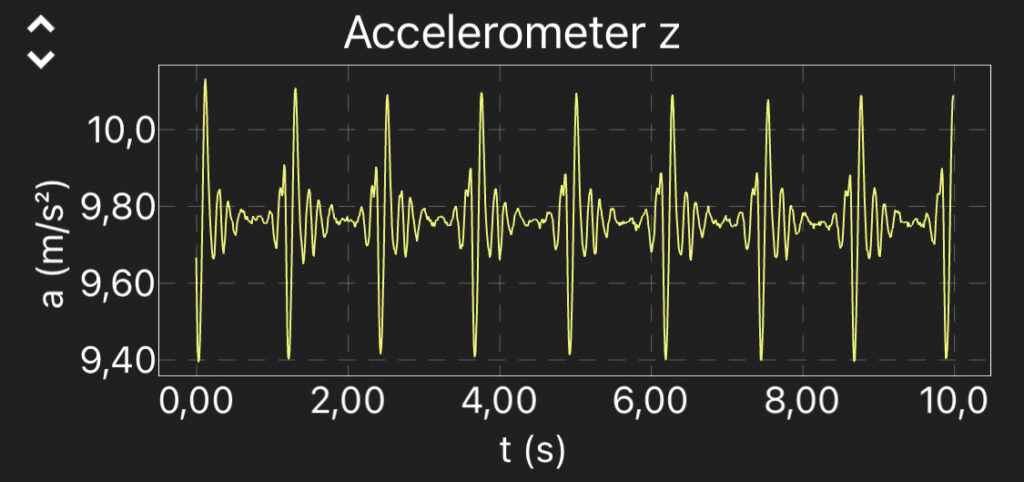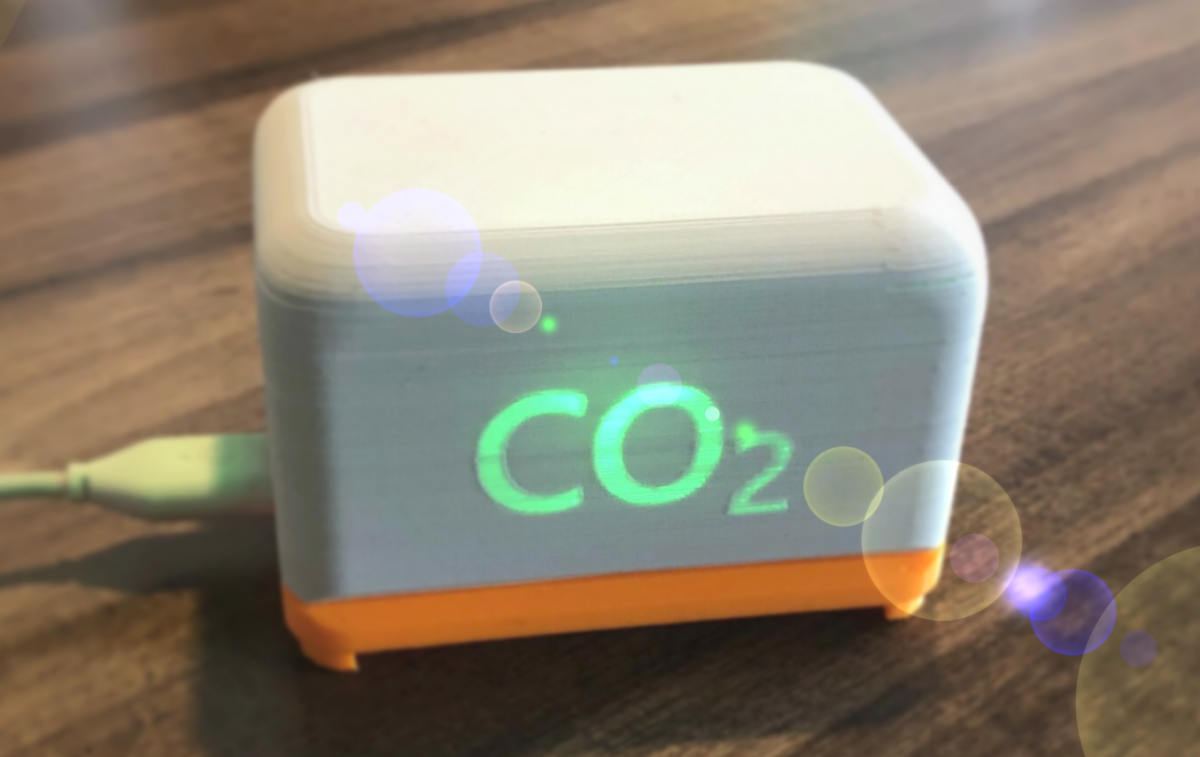Over the last few months there has been work behind the scenes on SmartPhysicsLab, an online portal to support physics practicals and a community working to innovate in that space. Inspired by Pietro Cicuta and Giovanni Organtini, Frédéric Bouquet, Danny Caballero, Martín Monteiro, Michael Schatz, and the phyphox team joined the editorial board.
The platform wants to encourage a spirit of hands-on experimentation, ideally with affordable approaches. Some of the experiences might be appropriate even in the current context of social distancing and home teaching, despite the project pursues a broader, long-term vision. The remit of the initiative, for now, extends from the final years of high school to the first few years of a science, engineering or physics focused degree.
Anyone is welcome to explore the public website, https://www.smartphysicslab.org/, and follow the twitter feed @smartphysicslab. As an instructor, you are encouraged to sign up to the community by filling out the “Get Involved” form there. The materials already on the site are intended as examples, to stimulate the community to share practical experiments that they have found successful.
The initiative is not currently funded, and is being run on a voluntary basis. You are free to use, modify, translate in other languages and redistribute the material under the Creative Commons Attribution 4.0 International License (CC BY 4.0). We’d like over time to support multiple languages, and if you are willing to translate existing material that is very welcome.





